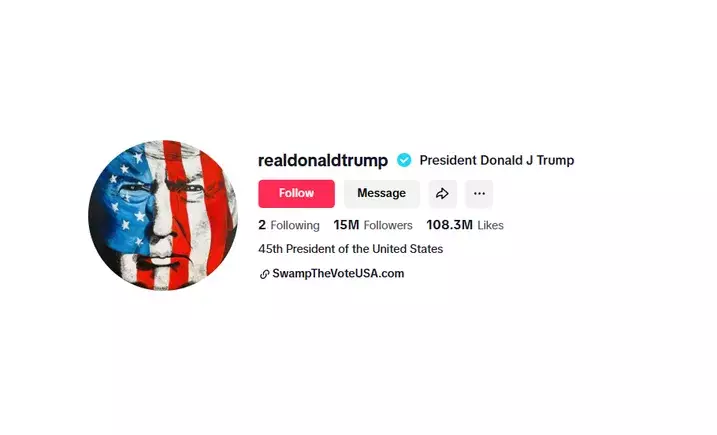The ongoing saga of TikTok’s operation in the United States has become a conflux of politics, legality, and public interest, revealing the intricacies of national security concerns, international business negotiations, and the tech industry’s response to government mandates. The situation surrounding TikTok’s potential ban oscillates between legal challenges, user demand, and political maneuvering, leaving both the application and its users in a state of uncertainty.
As of the latest developments, TikTok has been granted a temporary reprieve from a full ban in the United States, largely due to legal ambiguities stemming from recent legislation and political decisions. On one hand, the Supreme Court upheld a bill relating to the ban, known formally as the “Protecting Americans from Foreign Adversary Controlled Applications Act.” This law effectively mandated TikTok’s cessation of operations. Yet, in a controversial turn of events, the outgoing Biden Administration indicated it would not actively implement those legal measures, thereby opening the door for President Trump—who was set for inauguration—to decide the app’s fate.
During this liminal period, TikTok still operated thanks to assurances from Trump that app providers would avoid fines associated with the legislation, despite it being active. Providers like Apple and Google, however, have been reticent to reoffer the app in their stores due to potential legal repercussions. In stark contrast, Oracle, which manages TikTok’s backend, appears more willing to navigate these choppy waters, emboldened by Trump’s promises. This juxtaposition not only underscores the complexity of the current situation but also reveals the precarious position TikTok holds in American commerce.
Legal experts argue that the extension granted by Trump to TikTok comes into question, as it applies retroactively after the bill’s activation. By allowing TikTok to remain operational in this manner, the question of legality hangs in the balance. The overriding concerns of national security, rooted in the app’s Chinese ownership, have led to a bi-partisan consensus in Congress, with a significant majority supporting the ban—431 to 83 is no trivial number.
What drives this consensus remains under wraps, as the details of the security briefings that informed this legislation are classified. The ambiguity clouds public understanding and could impact policy decisions in ways that are not readily apparent to the user base. Moreover, if Trump were to gain access to the full scope of these briefings after his inauguration, his perspective on TikTok might shift dramatically, adding another layer of unpredictability.
The stance taken by tech giants like Apple and Google reflects a cautious approach layered with corporate risk management. Their hesitance is accentuated by the possibility that Trump’s administration may not shield them from penalties if they act contrary to his directives in the future. Conversely, companies like Oracle that have positioned themselves in close alignment with the administration may find themselves in a more favorable light under any prospective enforcement of the law.
This divergence between major tech providers raises serious questions about the implications for American users. Users have generally shown a significant preference for TikTok, favoring accessibility and functionality over the geopolitical implications that may lie behind its continued presence. This user sentiment fuels a paradox; the app persists in operations while lingering threats of legal and operational shutdown loom large.
Looking ahead, what remains unclear is how negotiations will develop regarding TikTok’s ownership and operations in the U.S. Trump’s stated intention of negotiating for a 50% ownership stake hints at a business-savvy motive behind the political discourse—a perceived win-win that could address national security concerns while enabling continued user access. However, the feasibility of such arrangements, their execution, and their long-term implications remain nebulous.
Users, while currently able to access TikTok, must bear in mind that their continued access is precarious. The rapidly evolving legal landscape surrounding the app leaves the user experience teetering on a tightrope. As Trump takes office and engages with the critical security briefings, users may be compelled to rethink their rapport with the application. As it stands, TikTok is facing a delicate balancing act that intertwines the whims of government policy, corporate relations, and user engagement—a situation where nothing is set in stone, and every stakeholder remains engaged in an ongoing negotiation.
The future of TikTok in the United States is fraught with complexities that extend beyond mere app functionality; it encapsulates broader themes of security, legal ramifications, and corporate responsibility. Users and providers alike will need to stay vigilant as the political landscape continues to unfold in real-time.

